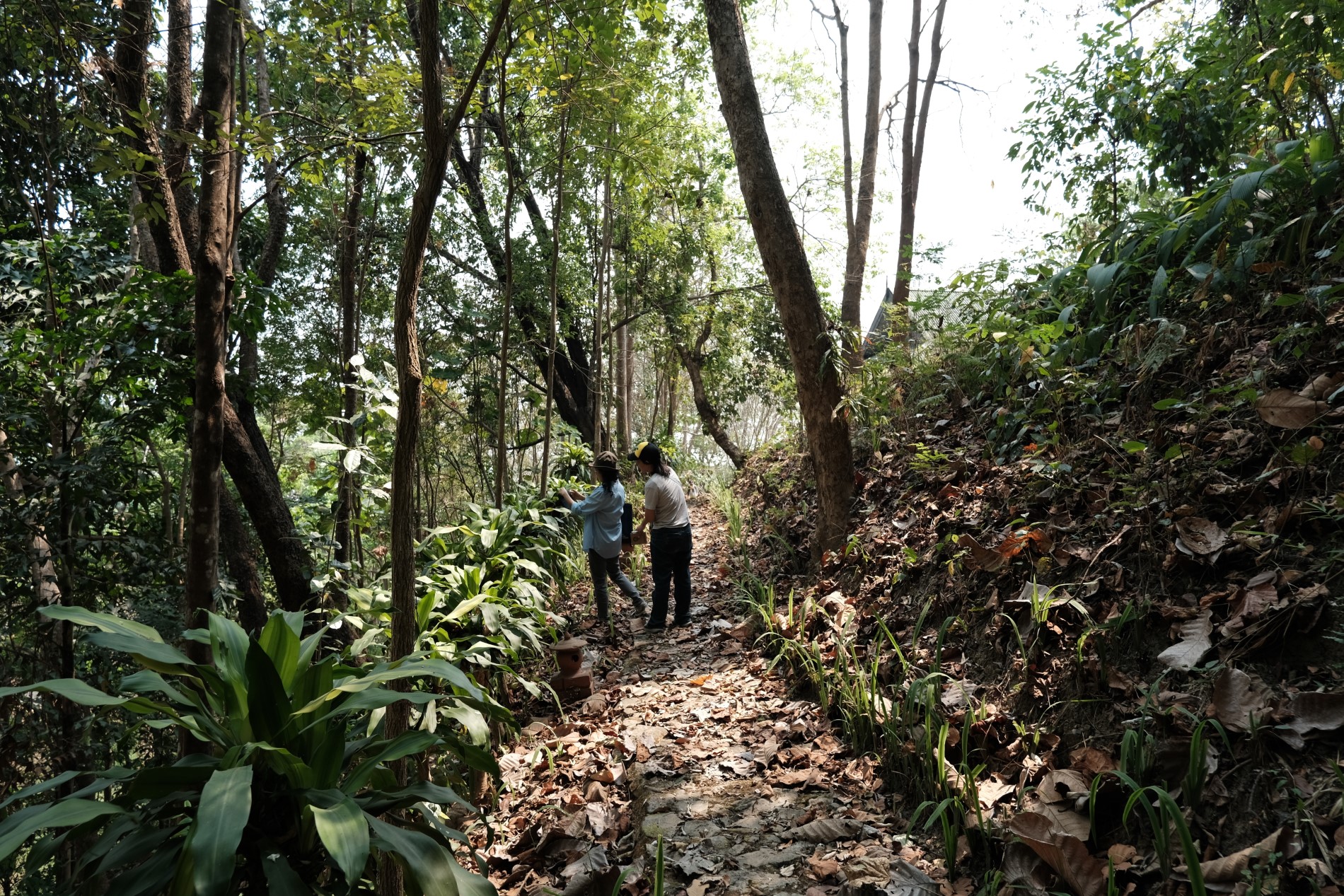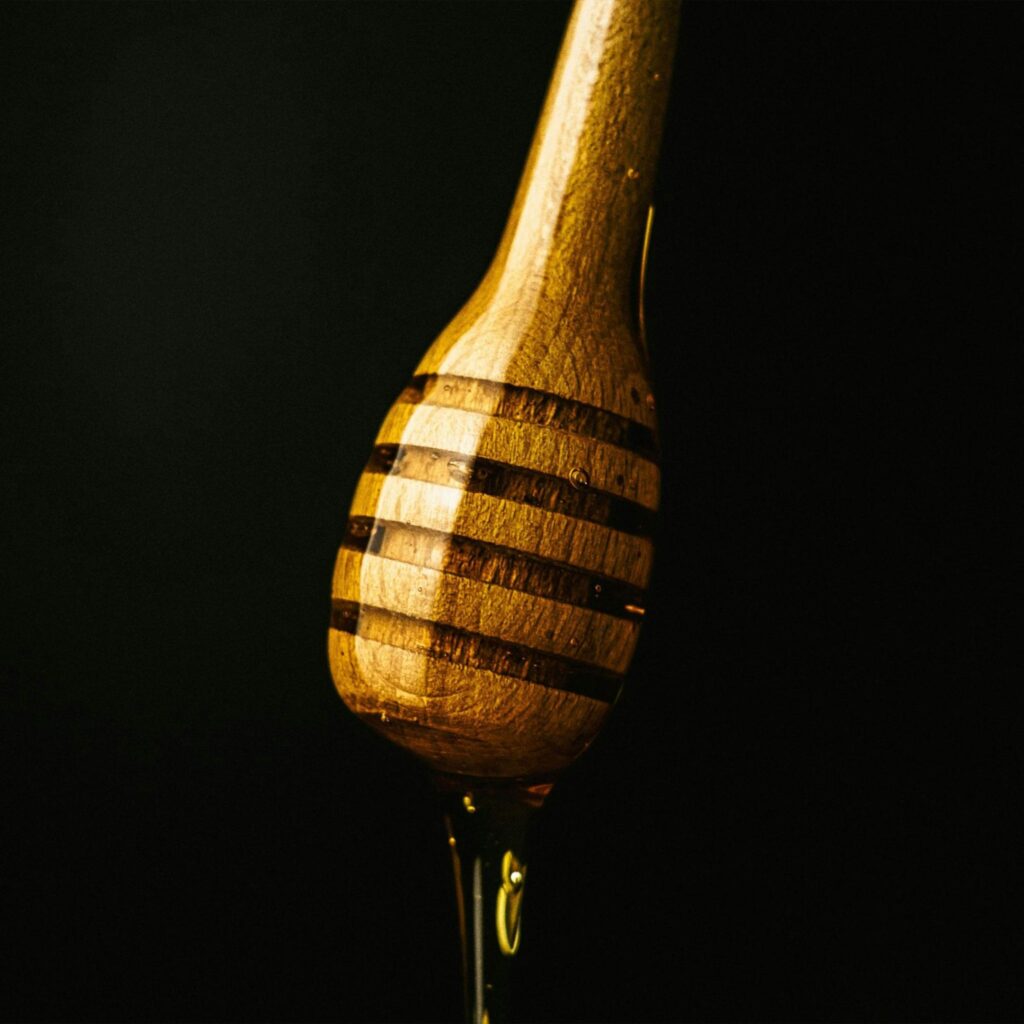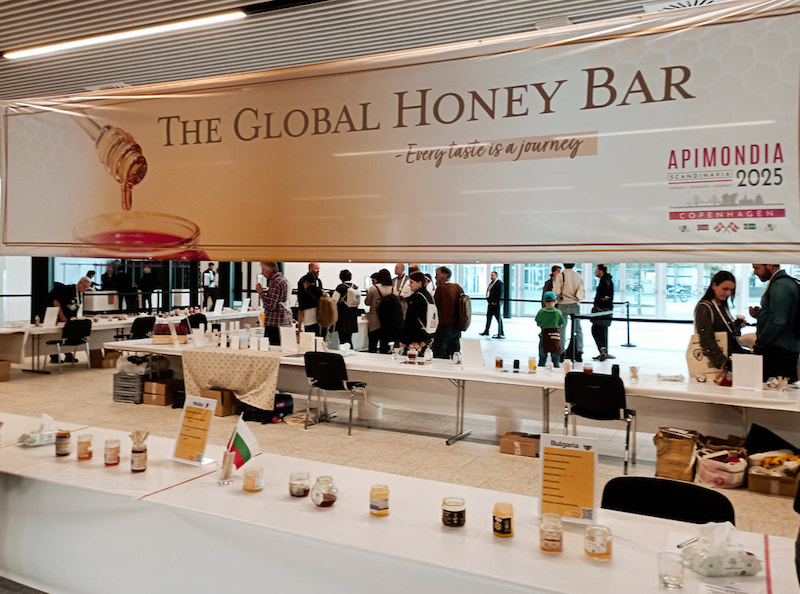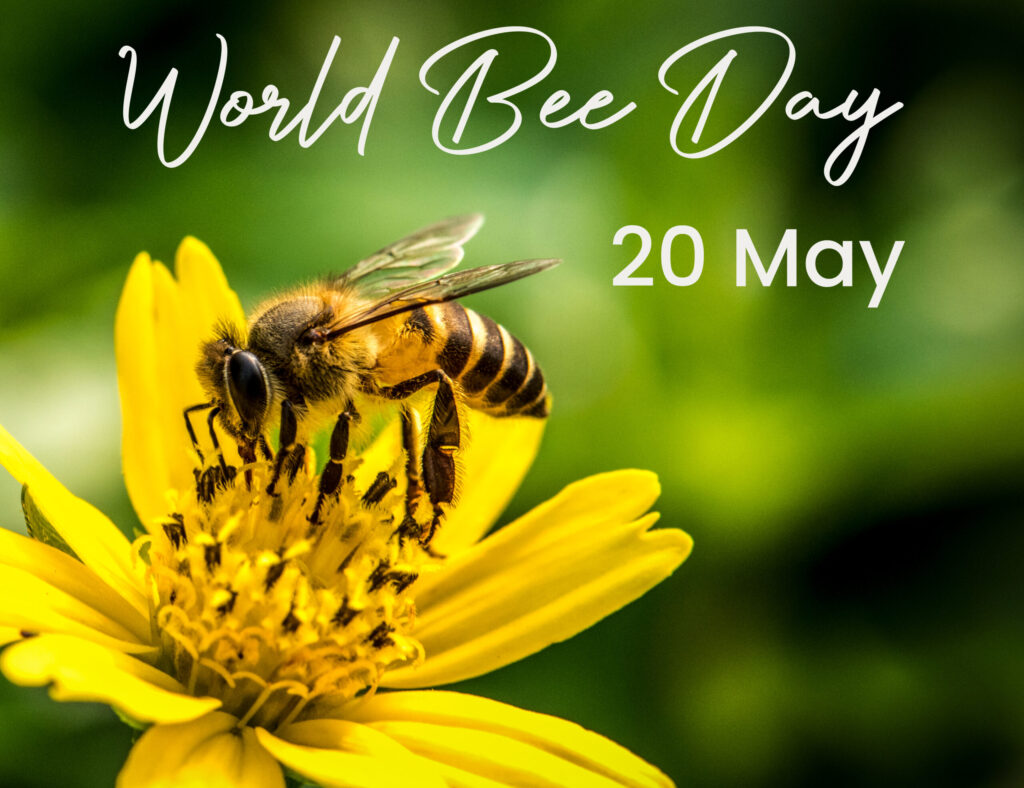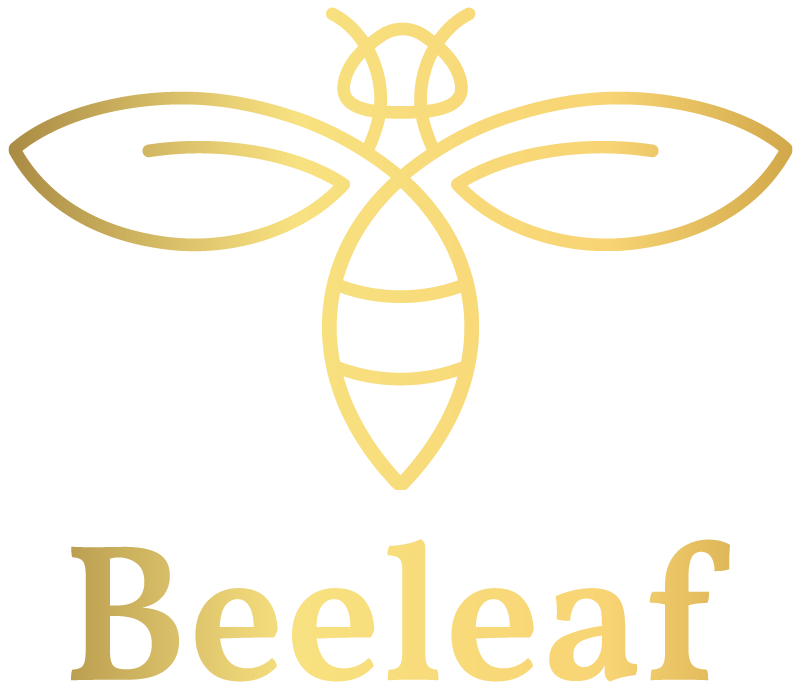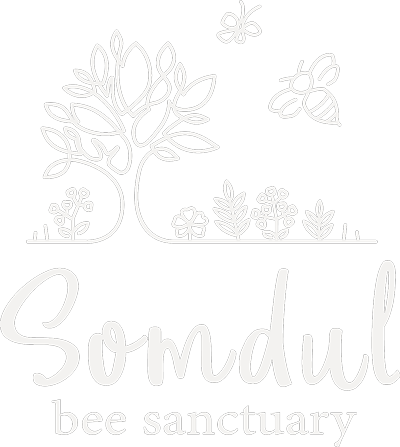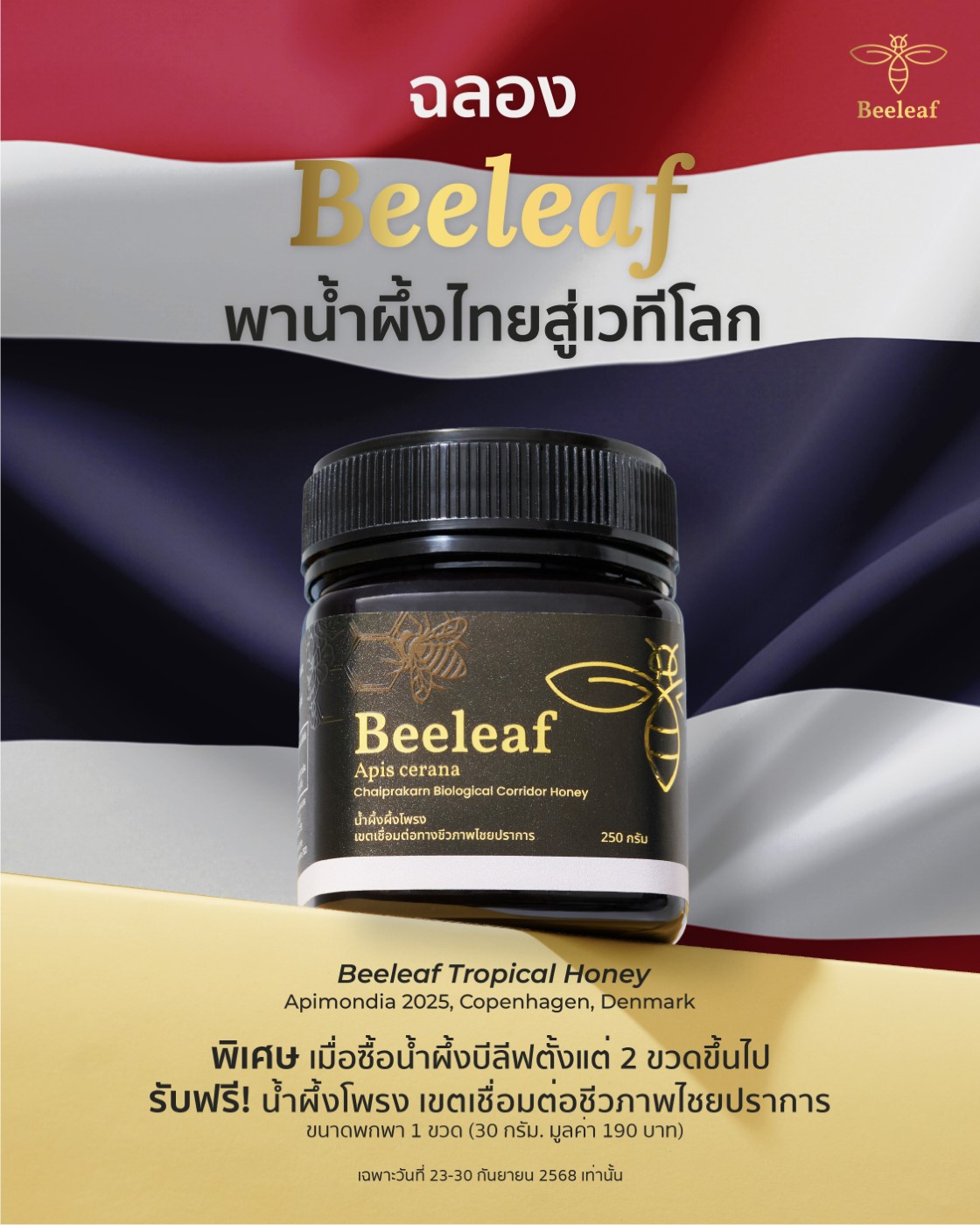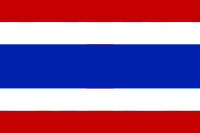BL003 A cerana Chaiprakarn Forest Restoration น้ำผึ้ง ผึ้งโพรงป่าฟื้นฟูไชยปราการ
Origin อ. ไชยปราการ จ. เชียงใหม่
Producer เกษตรกรเลี้ยงผึ้งโพรง (Apis cerana) อ. ไชยปราการ จ. เชียงใหม่
Forest Type: Northern Mixed Deciduous Forest (Natural Dipterocarp Forest)
About the Ecosystem:
This honey originates from bees foraging within a restored northern mixed deciduous forest, a unique ecosystem known for its rich diversity of tree species. The forest includes both deciduous and evergreen hardwoods such as:
Teak (Tectona grandis)
Afzelia (Afzelia xylocarpa)
Xylia (Xylia xylocarpa)
Rosewood (Pterocarpus macrocarpus)
Lagerstroemia spp. (e.g., Queen's Crape Myrtle)
These forests are interspersed with native bamboo and understory flora, thriving across gentle hills, plateaus, and sloping terrain. The soil is typically sandy loam or lateritic, moderately fertile, and supports clear seasonal transitions between dry and rainy periods. During the dry season, many trees shed their leaves, while the early rains trigger regrowth, creating dynamic forest cycles.
Fire Adaptation & Bioactive Potential:
Occasional wildfires play a natural role in shaping this forest's resilience. Species like Xylia and Pterocarpus have evolved thick, fire-resistant bark, and many trees in this biome are known for producing anti-inflammatory phytochemicals, which can influence the properties of the honey.
Honey from this landscape reflects the regenerative strength of a recovering ecosystem and is enriched with botanical complexity. It embodies a deep connection to forest healing, biodiversity restoration, and ecological resilience—making it a powerful expression of forest-based well-being.

